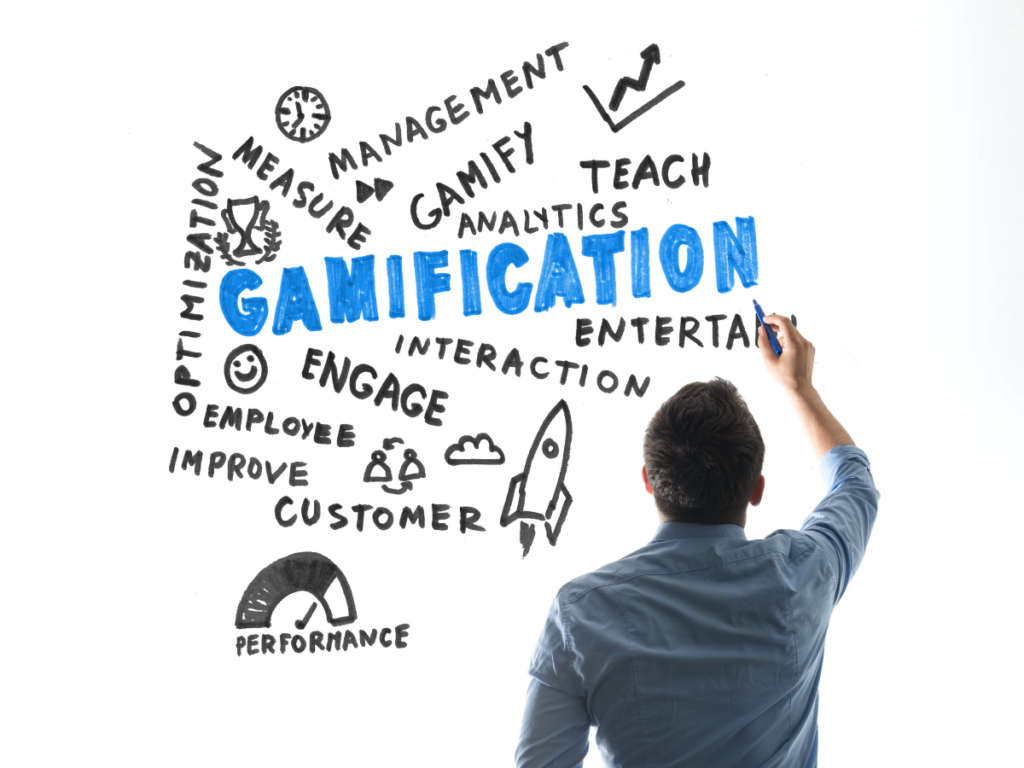Explore the potential of gamification to enhance financial literacy and promote wise financial decision-making. Discover how gamification strategies can increase participation and retention rates while making financial education more engaging and inspiring.
Gamification is a strategy used in many different fields to increase user retention, motivation, and engagement. The potential for gamification to greatly enhance financial literacy exists. People who are financially literate are more likely to make wise financial decisions, save more money, and amass wealth. On the other side, conventional methods of financial education might be monotonous and uninspiring, which has a negative impact on participation and retention rates. In this case, gamification is a possible solution.
Describe gamification
Gamification is the practice of integrating game design principles and methods into non-game contexts. Making the overall experience more enjoyable, fulfilling, and participative is the aim.
In the context of financial education, gamification can be used to deliver an immersive and engaging experience that promotes financial literacy and responsible money management.
To illustrate how gamification may be applied in financial education, consider the following examples:
Simulations of finances that are Interactive
Learning about personal finances is successful when done through financial simulations. They can help people comprehend complex financial concepts in a useful and interactive way.
Financial simulations can be made more engaging by adding game elements like leaderboards, rewards, and scorekeeping. Users could be motivated to take part in the simulation, engage in rivalry with other users, and try to raise their scores as a result.
Pathways for Individualized Learning
Gamification can be used to create specialized learning paths that address the unique needs and interests of each person. Users may be given a number of tasks and exercises that progressively get harder as they move along the learning path.
This can assist users in maintaining motivation and engagement by giving them a sense of success and growth.
Rewards and Incentive
Customers may be strongly encouraged to engage with financial education content by rewards and incentives. A reward system that offers users material prizes for accomplishing tasks and reaching objectives can be created using gamification.
Real-world rewards like gift cards and discounts can be obtained in return for virtual badges and trophies.
It is possible to use gamification of social interaction to develop a social environment around financial literacy. Users can be encouraged to brag about their accomplishments, engage in friendly competition, and collaborate on challenges.
Users may feel more a part of a community as a result, which may keep them interested in the content.
Websites that Offer Gamified Learning
A dedicated learning platform that combines financial education information with game design elements can be created using gamification. As a result, consumers may have a more immersive and interesting experience, which may motivate them to learn and put their financial literacy abilities to work.
Platforms for gamified learning can also track user progress and provide specialized feedback and suggestions.
Financial Challenges and Competitions
Financial challenges and competitions can be created using gamification to encourage people to use their financial knowledge. Challenges include things like investing competitions and saving challenges. It can be exciting and motivating for users to compete against one another for rewards and recognition.
Game-Based Learning
Financial literacy skills can be taught through engaging and interactive game-based learning experiences that leverage gamification. Games can be developed to simulate actual financial problems, such as setting a budget, buying stocks, or starting a business.
Younger audiences, who could be more receptive to learning through play, could benefit from financial literacy lessons taught through game-based learning.
Finally, gamification can be a successful strategy for boosting financial engagement and knowledge. By using game design concepts and mechanics, financial education content may be made more captivating, engaging, and rewarding.
Gamification may encourage people to learn the skills and knowledge necessary for financial success by creating a sense of excitement, incentive, and community around financial education. As a result, it is an effective instrument for fostering financial involvement and literacy among individuals of various ages and backgrounds.
The front-runner for gamified financial education: Neobanks?
Neobanks have been a disruptive force in the financial sector during the past several years by providing new products and services that compete with established banks. Neobanks have a number of benefits over traditional banks, one of which is their capacity to use technology and data to offer more individualized and interesting customer experiences. Gamification is one method neobanks can use to do this.
Gamification in non-game settings like education engages and inspires users. Financial education may be made more fun, interactive, and accessible through gamification. Neobanks’ focus on innovation and technology makes them ideal for financial education gamification.
Neobanks can use gamification in the following ways to teach their clients about personal finance:
- Spending simulations – Budgeting is crucial to personal finance, yet many people struggle with it. Neobanks may create budgeting games. A game may require players to track their spending for a week while sticking to a budget to see whether they can.
- Challenges with saving – Saving money is important, but it’s hard to stay motivated. Thus, neobanks can reward savers with savings challenges. In exchange for rebates or discounts, a game may require players to save a certain amount of money in a certain time.
- Financial simulations – Due to its complexity, investing money scares many people. Investment simulators will allow customers to practice investing in a safe setting. A simulator lets users invest in fictional equities and track their performance.
- Tests of financial literacy – Neobanks are able to design tests that evaluate their clients’ understanding of personal finance concepts including investing, saving, and budgeting. These tests could be used as an entertaining way to inform clients and find out what areas they might need further help or instruction in.












